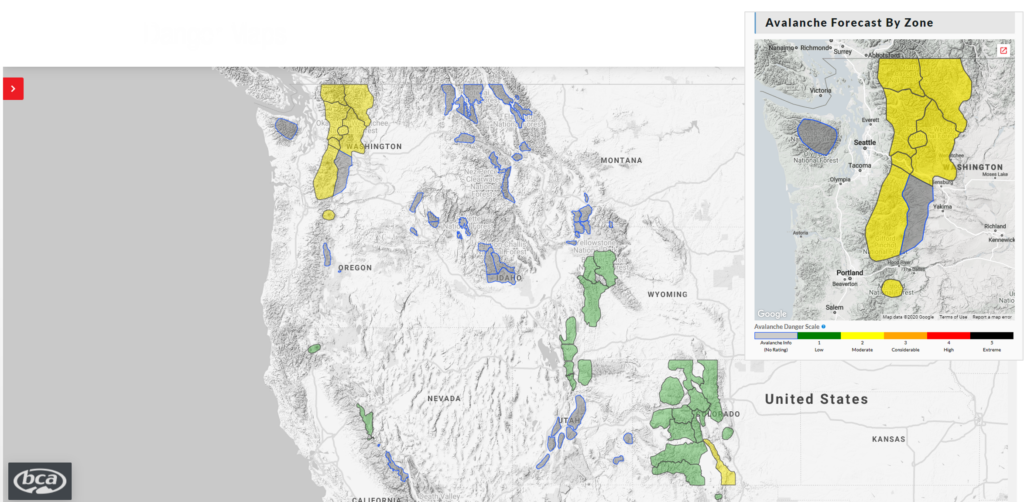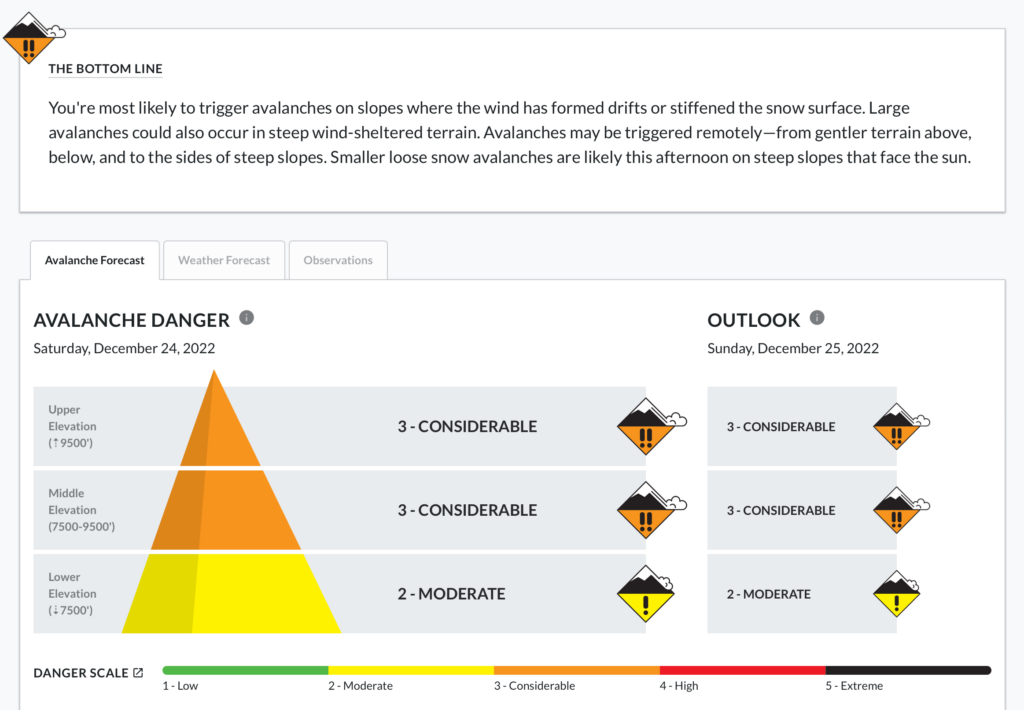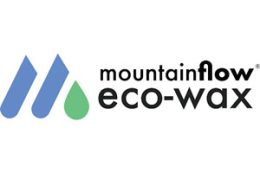NAC’s New Platform Improves U.S. Avalanche Forecasts
It’s admirable, especially these days, to see a group of people collaborating around a common goal and striving to produce a positive result that benefits the general public. Which is why we’re so excited about the National Avalanche Center’s new initiative to develop a suite of solutions and tools that enables avalanche centers to improve the quality of product they provide to the public, improve forecasting efficiencies, and (hold onto your hat) save money.
In its fifth year, the initiative, called the National Avalanche Forecast Platform, has two goals—improve avalanche centers’ public-facing websites and provide an efficient workspace to improve forecasting operations. From what we’re seeing, the project has been able to deliver. Participating avalanche centers have increased the quality and consistency of their websites, forecasters utilizing the platform have simplified workflows and have become more efficient, and backcountry recreationalists have a product that’s easier to use to plan tours and reduce risk.
Sounds amazing right? Well, it didn’t come without its fair share of challenges. According to forecasters Simon Trautman and Chris Lundy at the National Avalanche Center, getting various avalanche centers across different states to adopt new technology was certainly not easy. Indeed, the project has been five years in the making for this group of passionate people, including those from the Northwest, Sawtooth, and Sierra Avalanche Centers; the American Avalanche Association; and, of course, the National Avalanche Center, which led the initiative.
So what exactly is the project?
By the simplest definition, the National Avalanche Forecast Platform provides an updated and maintained workspace and tool suite for public avalanche forecasters to more efficiently and cost-effectively accomplish their mission. Ultimately it offers a universal site that’s less expensive and labor-intensive for each center to run than developing and maintaining their own—allowing them to focus more on forecasting and education than on web design and server capacity.

Once a center has a web shell, the platform provides the real meat of what an avalanche center needs and what the public sees—danger maps, weather stations, avalanche and weather forecasts, avalanche warnings, media, and field observations. On the backend, forecasters utilize a single toolbox that reduces duplicative tasks.
It’s certainly attractive to smaller avalanche centers, which might realize the most from the initiative, as it levels the playing field between them and larger centers that have more resources and funding. At a fraction of the cost and time, a smaller center will be able to launch a more sophisticated web interface for users and an improved toolset for their forecasters.
The program allows centers to use what they want; it does not force them into an all-or-nothing scenario. For example, because each tool is compartmentalized, a center can choose to use all, or just part of the platform. Currently, 20 of 23 centers use some part of it in daily operations, and 17 of these use it to build and display their avalanche forecasts.
Why should backcountry users care?
The ultimate question is why should you, as a recreational skier or rider, give a damn about all this. Aside from the fact that, for once, a program has been designed to efficiently use public funding, which makes me pretty warm and fuzzy, there are additional benefits for you.

If you enjoy traveling and riding in different locales, it can be frustrating to learn how to navigate and become confident with different avalanche center websites. Now, when you travel to places participating in the program, websites and forecasts will feel familiar, allowing you to quickly find the information you need.
The public platform was designed to use concise communication so backcountry users can find the information they need efficiently. A lot of effort has also been placed on ease-of-use and getting users to dive deeper into the product to use more of the information available. And, when future improvements are launched, users in all areas of participating sites will be able to benefit from them immediately.
Also, according to Lundy, the new platform’s observation feature is easier to use, and he hopes that will increase the number and quality of observations from the public—which will ultimately lead to better forecasts for backcountry users.
Finally, there’s the education perspective. Having a common platform across many centers where all the forecasts are structured the same way is extremely helpful for avalanche course instructors, because it enables them to more easily train students how to read them.
And let’s not forget the forecasters.
Sharing a common workspace allows avalanche centers to cross-train, exchange employees, and compare and contrast operations. This makes the entire group more robust and professional. Lundy, who’s been using the new tools for several years now, says the new platform has streamlined his work, saving him approximately an hour a day and allowing him more time to focus on the actual forecasting aspect of his job.
One final note: Most of the organizations that participate in this program fall under (in terms of funding) the U.S. Forest Service. If you’re in Colorado, the Colorado Avalanche Information Center (CAIC) is administered by the State of Colorado. The CAIC has launched their own new website and tools, many of which dovetail with the National Avalanche Center’s initiative.
Through backcountry skiing, Paul Rogers has found incredible happiness, lasting friendships, and the opportunity to traverse the snowscape across Europe and North America. He founded Powder Cloud to help others safely find the same.



